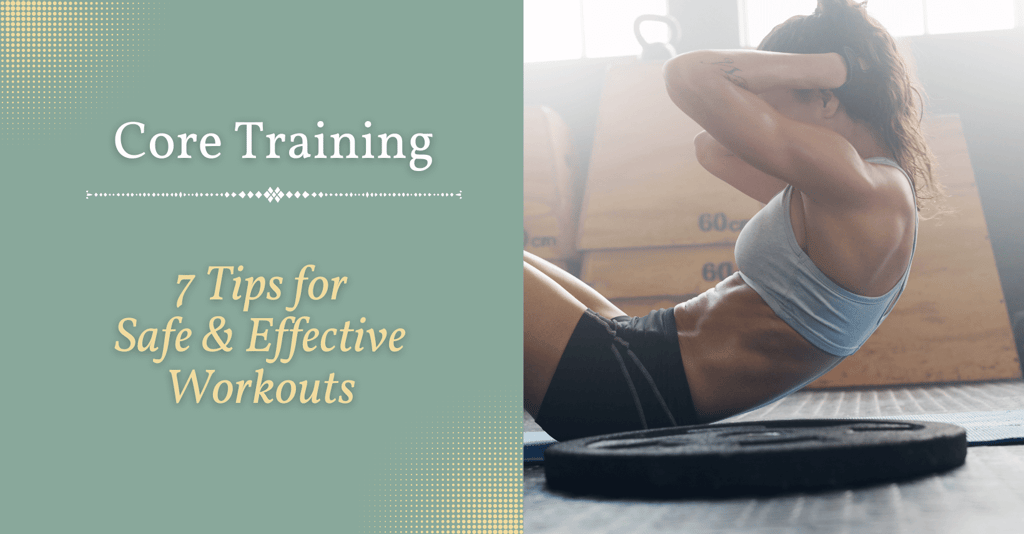Add your promotional text...
Core Training is a Must! 7 Key Tips for Safe and Effective Core-Workouts
9/27/20232 min read


Core training, often focused on the abdominal muscles, is a vital component of any comprehensive fitness routine. A strong core offers numerous benefits, including improved stability, posture, and overall functional fitness. However, it's not just about doing endless crunches or sit-ups. To make the most of your core training efforts, it's crucial to understand what's important when training your core. In this article, we'll explore the key aspects to consider to ensure effective and safe core training.
Variety of Exercises
Diversity in your core workout routine is essential. Relying solely on one or two exercises can lead to imbalances and limit your progress. Your core consists of several muscle groups, including the rectus abdominis, obliques, transverse abdominis, and lower back muscles. Incorporating a variety of exercises that target each of these areas ensures a well-rounded core training program. Some effective core exercises include planks, Russian twists, leg raises, and bird dogs.
Proper Form and Technique
Maintaining proper form and technique is critical during core exercises. Poor form not only reduces the effectiveness of the exercise but also increases the risk of injury. When performing core exercises, focus on controlled movements and engage your core muscles throughout the entire range of motion. If you're unsure about your form, consider seeking guidance from a fitness professional or personal trainer.
Progressive Overload
Like any other muscle group, your core muscles need progressive overload to grow stronger. Gradually increase the intensity, duration, or resistance of your core exercises as your strength improves. This can be achieved by adding weights, increasing repetitions, or extending the duration of your holds. Consistently challenging your core ensures continued growth and development.
Balanced Nutrition
Nutrition plays a crucial role in core development. While core training is essential, it's important to remember that a visible six-pack is often hidden beneath a layer of body fat. Maintaining a balanced diet that supports fat loss is key to revealing your well-defined core muscles. Focus on consuming whole foods, controlling portion sizes, and staying hydrated to support your core training goals.
Rest and Recovery
Core muscles, like any other muscle group, require adequate rest and recovery. Overtraining can lead to burnout, decreased performance, and even injury. Ensure that you allow your core muscles time to recover between workouts. This may involve incorporating rest days into your routine or alternating core training with other muscle groups.
Consistency
Consistency is the cornerstone of successful core training. Dedicate regular time to your core workouts, whether it's a few times a week or part of your daily routine. Results in core development take time and commitment, so stay consistent in your efforts to see meaningful progress.
Listen to Your Body
Lastly, always listen to your body. If you experience pain or discomfort during core exercises, stop immediately and assess your form. Overexertion and pushing through pain can lead to injuries. It's essential to differentiate between the discomfort of a challenging workout and the pain of an impending injury.
If you have any questions or need some assistance, feel free to submit a comment or send us a message here.
Conclusion
Training your core effectively requires a well-rounded approach that includes a variety of exercises, proper form, progressive overload, balanced nutrition, rest, and consistency. By focusing on these key aspects, you can develop a strong and functional core that not only enhances your physical performance but also contributes to your overall health and well-being. Remember that core training is not just about aesthetics; it's about building a stable foundation for a healthier, more active life.
